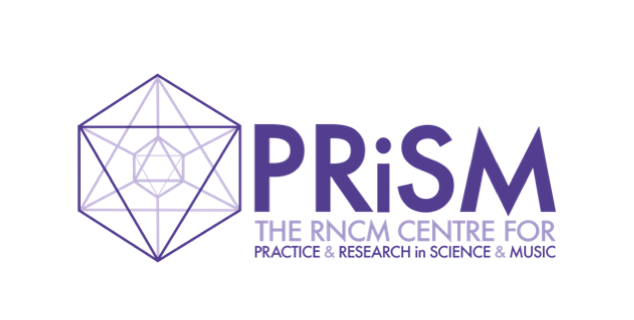Music, Geometry, Space
06 December 2021
Introduction
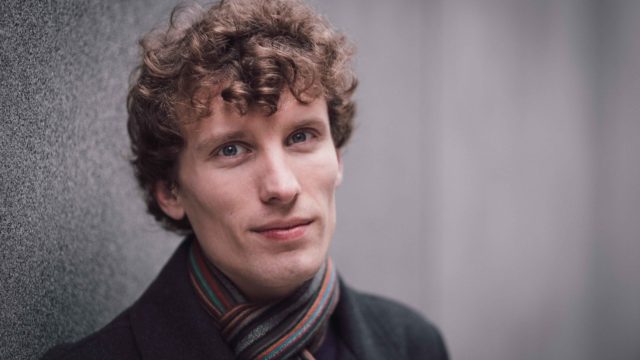 Robert Laidlow is the PRiSM Doctoral Researcher in AI-Assisted Composition at RNCM, in association with the BBC Philharmonic Orchestra. Here he reflects on his recent experience curating a BBC Radio 3 broadcast for the BBC Philharmonic Orchestra conducted by Vimbayi Kaziboni, first aired on BBC Radio 3 Afternoon Concert on 11 November 2021.
Robert Laidlow is the PRiSM Doctoral Researcher in AI-Assisted Composition at RNCM, in association with the BBC Philharmonic Orchestra. Here he reflects on his recent experience curating a BBC Radio 3 broadcast for the BBC Philharmonic Orchestra conducted by Vimbayi Kaziboni, first aired on BBC Radio 3 Afternoon Concert on 11 November 2021.
Music, Geometry, Space
Robert Laidlow curates BBC Philharmonic
This summer I was delighted that the BBC Philharmonic asked me to curate a broadcast slot for them. They gave me a carte blanche to pursue whatever theme and musical ideas I wanted. This was wonderfully generous, but where to start with such a free reign? I went through several ideas (including some relating to improvisation, artificial intelligence, and film) before finally deciding upon exploring the relationship between music, space, and geometry.
Geometry
First came the idea of geometry. There has always been a close relationship between music and geometry, leading back to Pythagoras and his music of the spheres, and it’s certainly something I’ve found myself interested in recently. My string quartet Gravity (2021) for the Echea Quartet explores modern notions of a geometric, curving spacetime translated into music, and my work Chromodynamics (2020) for Ensemble 10/10 similarly tries to make audible the geodesic journeys of various subatomic particles involved in experiments like those taking place at CERN (the European Council for Nuclear Research). I think there is a special relationship between the two areas: music, like geometry, can be beautiful in its simplicity or in the complex relationship between shapes and objects. I also believe that thinking about the relationship can unlock something genuinely new in music, beyond merely representing or being inspired by a non-musical idea in your work.
Space
Geometry has always been intrinsically linked to astronomy. We see this, again, in the philosophy of Pythagoras who understood the firmament in terms of spheres and rotations. We see it in the ground-breaking scientific work of Copernicus, Newton, Einstein, and Hawking to name just a few. Each of these scientists radically expanded the capabilities of astronomical thinking through their geometric understanding of the universe. This is not just academic: for example, when we launch interstellar spacecraft today, we rely on the geometry of general relativity to slingshot and accelerate probes around planets in our solar system.
So that’s the theme, but what about the music?
Music
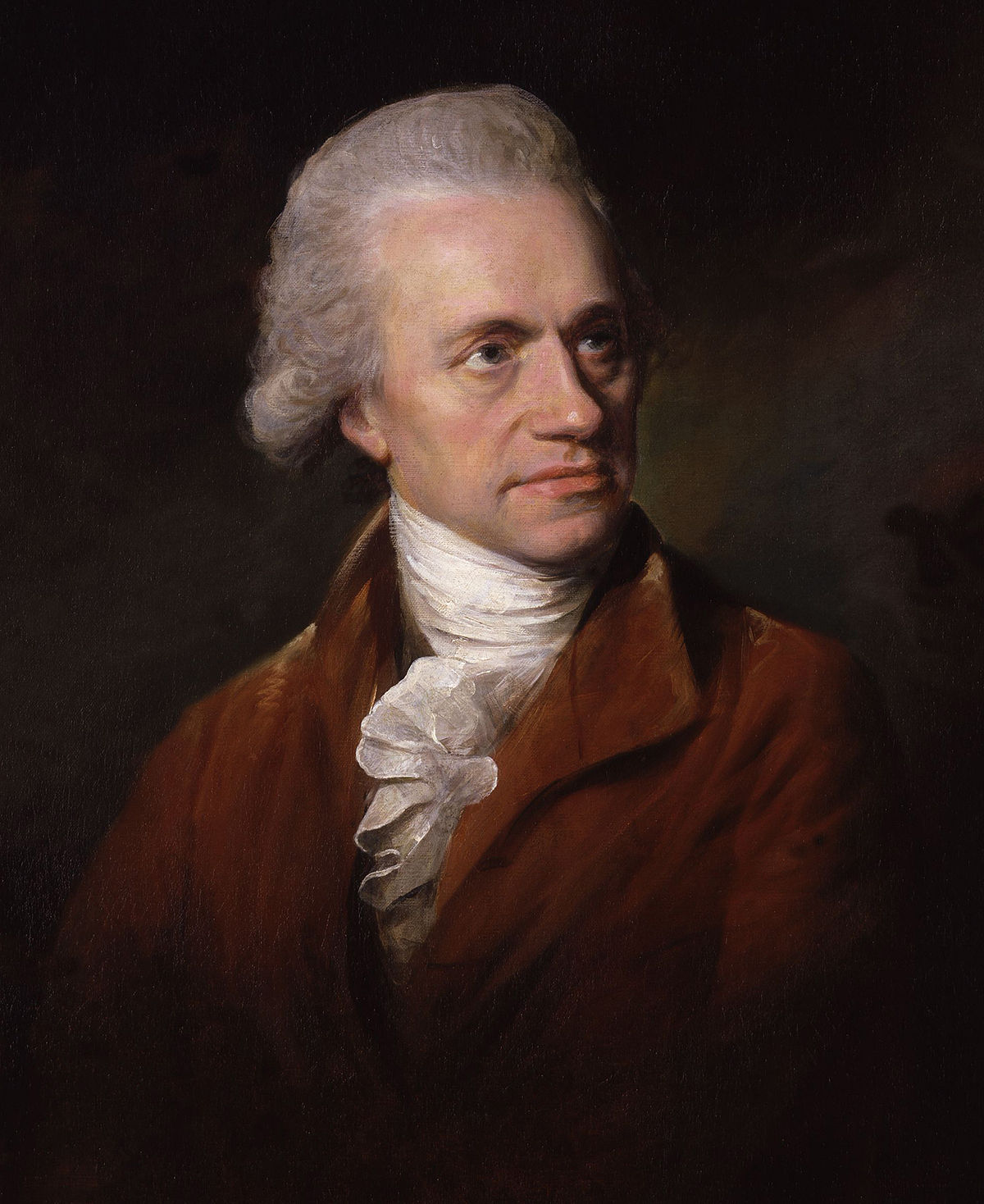
William Herschel (1738-1822). Astronomer and composer, known for his discovery of the planet Uranus and appointment by King George III as the first President of the Royal Astronomical Society. Portrait by Lemuel Francis Abbott (1785).
I did a lot of research into scientists, trying to find an astronomer or physicist who had written music. I was very keen to feature the relationship “from the other side”, so to speak. Eventually I found out that astronomer William Herschel – who discovered the planet Uranus – was also a prolific composer. So I programmed his 8th Symphony (1761) as the piece that the concert began and ended with. It’s a fascinating, bizarre work. I think a lot of it sounds like a 21st century pop song in many ways, though it was written three hundred years ago.
Continuing the astronomical theme is the music of Missy Mazzoli, specifically her Sinfonia (for orbiting spheres) (2014, rev. 2016). I remembered this piece from its premiere at the BBC Proms a few years ago, and felt for obvious reasons it fit the programme, in addition to having its own musical language quite unlike any of the other music. Two other spherical works soon followed: sphere (2017) by Emily Howard, an exploration of the geometric space of spheres, and Spheres (2021) by me, an arrangement for string orchestra from my recent string quartet Gravity (2021).
Of interest to me was music that existed on the two opposite ends of this concert’s thematic spectrum: that is music that was fully ‘geometric’ and that which was fully ‘space’. For me, Howard’s sphere exists at the extreme end of ‘geometry’ and formed a perfect counterpoint to other items on the programme. It is a very abstract work, focussing on interpretation of shapes and patterns without reference to anything we might call the ‘physical world’. This contrasted well, in my opinion, with the two short pieces for tenor and strings by Benjamin Britten we included in the middle of the programme, performed by tenor Benjamin Hulett. The Great Bear and Pleiades (an aria from the opera Peter Grimes, 1945) and the Sonnet from the Serenade (1943) refer to the stars, the firmament and space through their texts, but approach the theme from an extremely human angle. For me they are the end of the spectrum that deals with space, and all the human longing, curiosity and wonderment that goes with it.
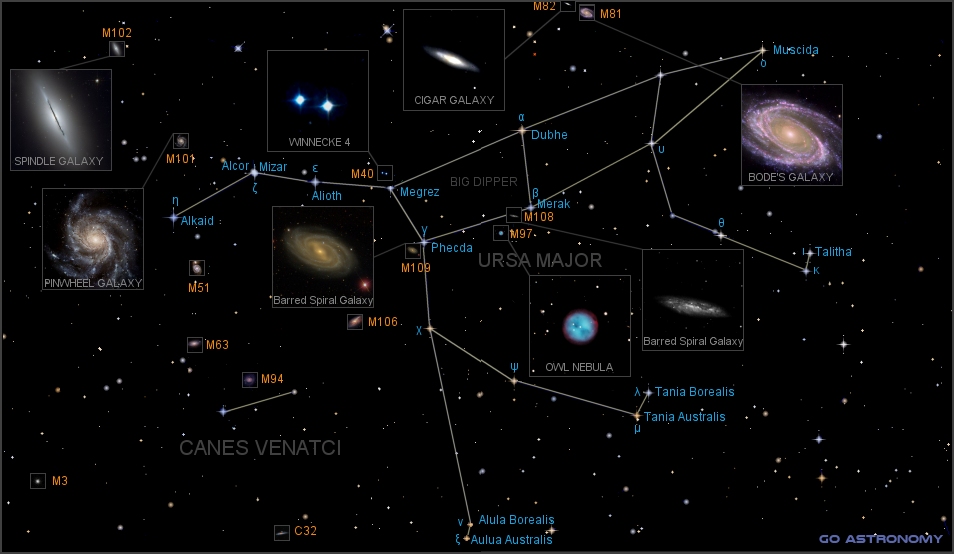
The Ursa Major constellation, which gives its name to Benjamin Britten’s ‘Great Bear and Pleiades’.
I wanted to write a new work for the programme for my long-time friend and collaborator Joseph Havlat. He is a contemporary music specialist, and we had always talked about making a work for him as a soloist. This was the beginning of my piece Warp (2021), which explores the geometry of something called an ‘Alcubierre Warp Drive’. This is a theoretical solving of Einstein’s general relativity that can propel a spaceship to speeds near the speed of light without (technically) breaking any laws of physics. I loved the idea of Joseph sitting in the middle of the orchestra with his own material while every instrument around him was stretched, crushed, warped and expanded like the fabric of spacetime itself in Alcubierre’s thought experiment. On my spectrum, this piece exists somewhere in both worlds of ‘geometry’ and ‘space’.
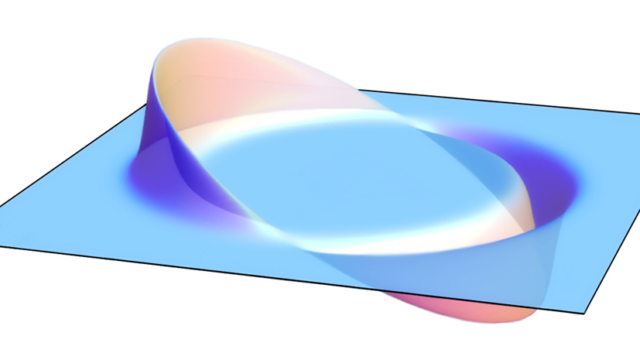
Simplified diagram depicting Alcubierre’s solution to Einstein’s field equations in general relativity. Known as the Alcubierre Warp Drive, a theoretical spacecraft sits in a stable bubble while spacetime is contracted ahead of it and expanded behind it. Graphic by AllenMcC (2007) under CC BY-SA 3.0.
Something that was important to me from the start was the flow of the concert. The concert is divided into three sections. Within each part of this triptych, there is no pause between works. This was important to me not only because I always enjoy doing this when I curate programmes, but also because it seemed to fit with the theme. The history of science (and indeed of music) is not divided into discrete individuals doing their own thing, but rather every innovator builds upon the last. To facilitate this, soloist Joseph Havlat and I wrote some ‘joining music’ into and out of the music by Herschel – which included me doing my best impression of Emily Howard after her sphere had ended!
We can see the final (quite symmetrical) programme below:
Herschel – Symphony No. 8 in C minor, mvmt I
JOINING MUSIC #1 (Herschel to Mazzoli)
Mazzoli – Sinfonia (for orbiting spheres)
Laidlow – Warp
Britten – The Great Bear and Pleiades (from Peter Grimes)
Laidlow – Spheres
Britten – Sonnet (from the Serenade for Tenor, Horn and String)
Howard – sphere
JOINING MUSIC #2 (Howard to Herschel)
Herschel – Symphony No. 8 in C minor, mvmts II & III
With so much new(-ish) music in the programme, I knew that I wanted to work with a conductor who felt very comfortable inhabiting many musical worlds and with experience of premiering many works. To me the obvious person was Vimbayi Kaziboni, whom I had met several years before while participating in a workshop as a student. I remembered not only his skill with music of all styles but also his infectiously positive attitude in the rehearsal room and was very pleased when he was interested enough in the programme to come to Manchester and conduct it.
This project was a very inspiring and fascinating program for me to work on. Such adventurous and forward-thinking programming is very rare to see particularly with such large orchestral institutions. It is tremendous credit to the BBC Philharmonic for taking on such work and the brilliant musicians of the orchestra who took on the music with great care, enthusiasm and aplomb.
– Vimbayi Kaziboni, conductor
The concert was broadcast on Thursday 11 November on BBC Radio 3 and I couldn’t be happier with the results. Everyone in the orchestra, the soloists, and Vimbayi threw themselves in whole-heartedly to this idea and I am extremely grateful to them and to those behind the scenes at the Philharmonic who realised the programme. It can be heard here, at 31 minutes in, available until 9 December 2021.
If you are interested to find out more about William Herschel and his sister Caroline (also a musician and astronomer), you can listen to this episode of In Our Time on Radio 4.

